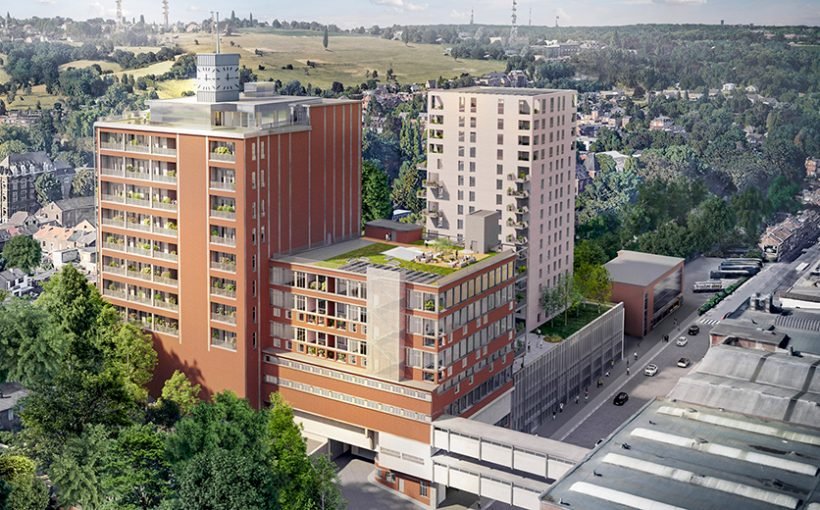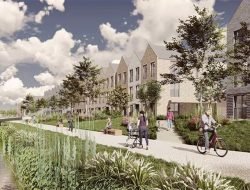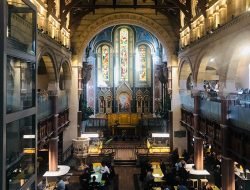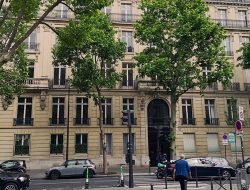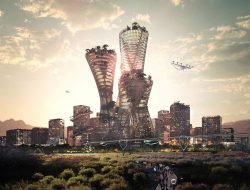With the scarcity of available land, particularly in cities, the conversion of commercial, industrial or office buildings into residential or mixed-use buildings has never been so widespread. Rehabilitation is one of the solutions to stop people moving out of cities, to revitalise urban centres, and to address climate issues.
Rehabilitation helps to slow down the urban exodus by increasing the availability of housing. From an environmental point of view, it eliminates urban wastelands and other eyesores that deserted land and buildings represent, while fighting global warming, by allowing old buildings to benefit from renovations that are beneficial to the environment.
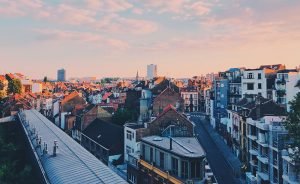
Urban rehabilitation © Alex-Vasey
Furthermore, these places are close to city centres and communication hubs, which appeals to those who still want to enjoy all the benefits of urban life, without the disadvantages, at a reasonable price.
An increasingly inclusive process
This is not a new phenomenon; for some time now, individuals and investors have been buying up old breweries, closed printing works, abandoned garages, etc. to convert them into lofts offering vast surfaces with large bay windows that allow for a flexible layout, modularity, and light. More recently, however, the process has evolved towards greater inclusiveness.
The current trend is to repurpose buildings for mixed use, offering smaller, more affordable, or low-cost accommodation. This helps to revive long-neglected neighbourhoods providing residents with a variety of activities, work opportunities, a social life, safety, and green areas.
This underlying trend is supported by technological advances that have led to considerable progress, particularly in terms of thermal and sound insulation, which now makes it possible to live in an environment that tended to be viewed negatively (close to a motorway slip road or an airport, for example).
Bringing new life with the help of residents
In the United States, Bolster Real Estate Partners, a development company owned by minority representatives, is preparing to create a mixed-use village near the Hartsfield-Jackson Atlanta International Airport: The Kourtney at Yates Road. This echoes what is happening all over Europe . In Belgium, for example,: as demonstrated by the Rafaël project (Brussels) at the former Sainte-Anne clinic, or Lift Ô Loft on the site of the former Inbev brewery (Liège). In Lisbon, the municipality is carrying out neighbourhood-by-neighbourhood rehabilitation operations, combined with community projects. This strategy has helped to eradicate prostitution, trafficking and crime in areas such as the Mouraria. In Berlin, the district of Prenzlauerberg was completely renovated in collaboration with its inhabitants, by involving them in the discussions.
“For far too long, real estate development has accelerated gentrification. We want to preserve the traditional character of each urban market while giving local residents and businesses the opportunity to participate in, and benefit from, their revitalization,” says Bolster founder Donald R. Washington Jr.
Tags: #Inclusiveness, #Urban exodus, #Urban life, housing, mixed use, rehabilitation

































